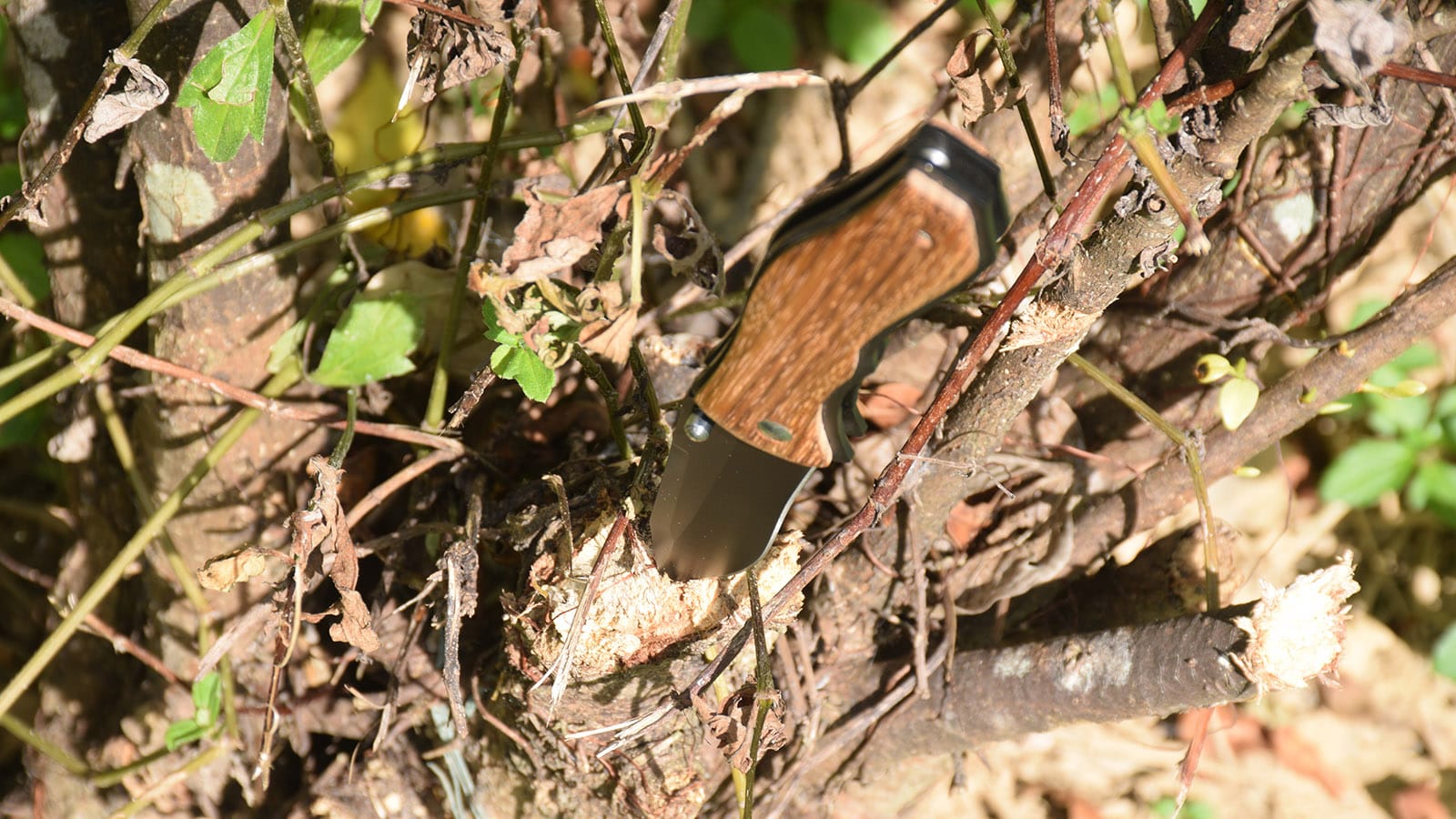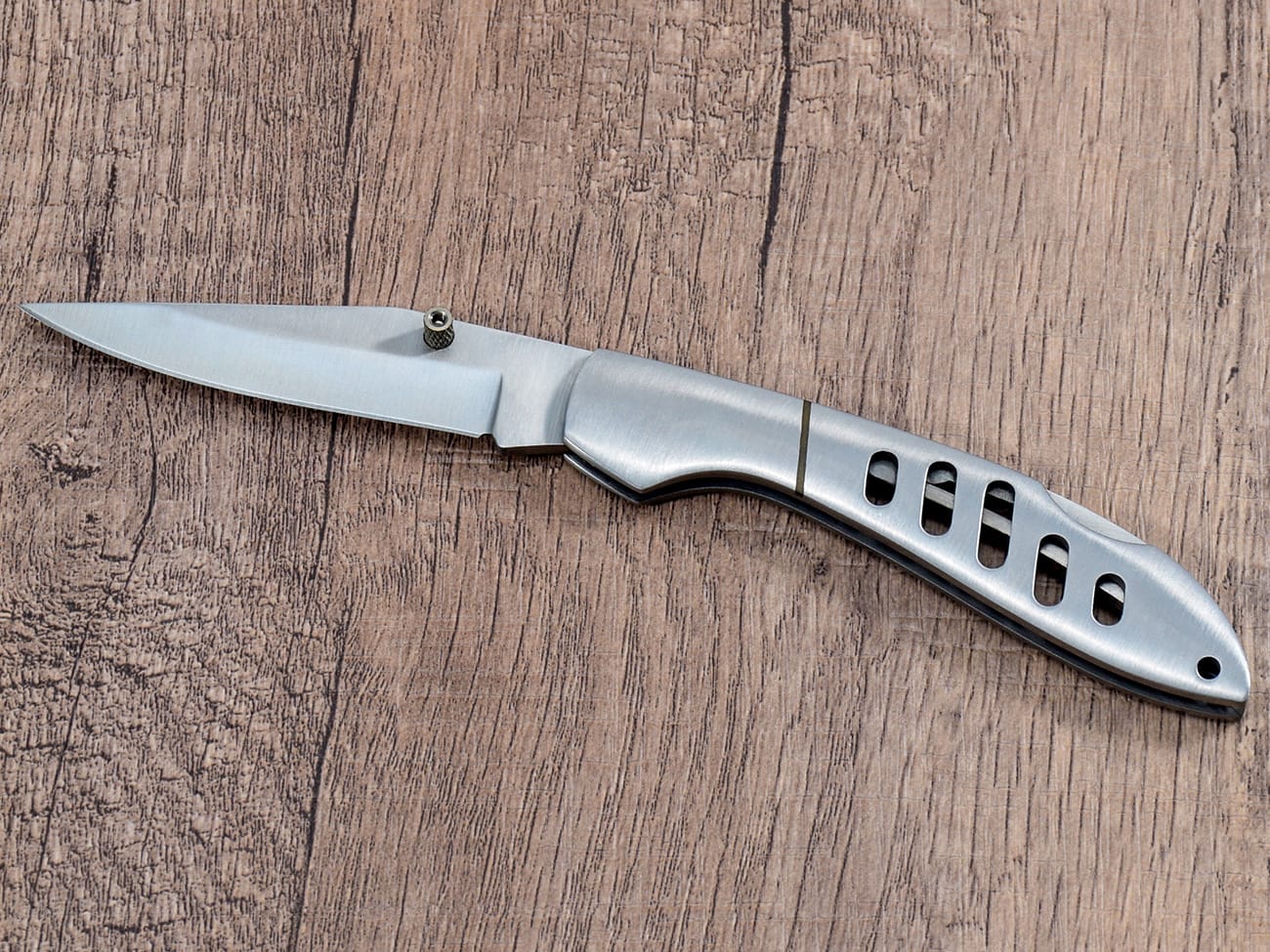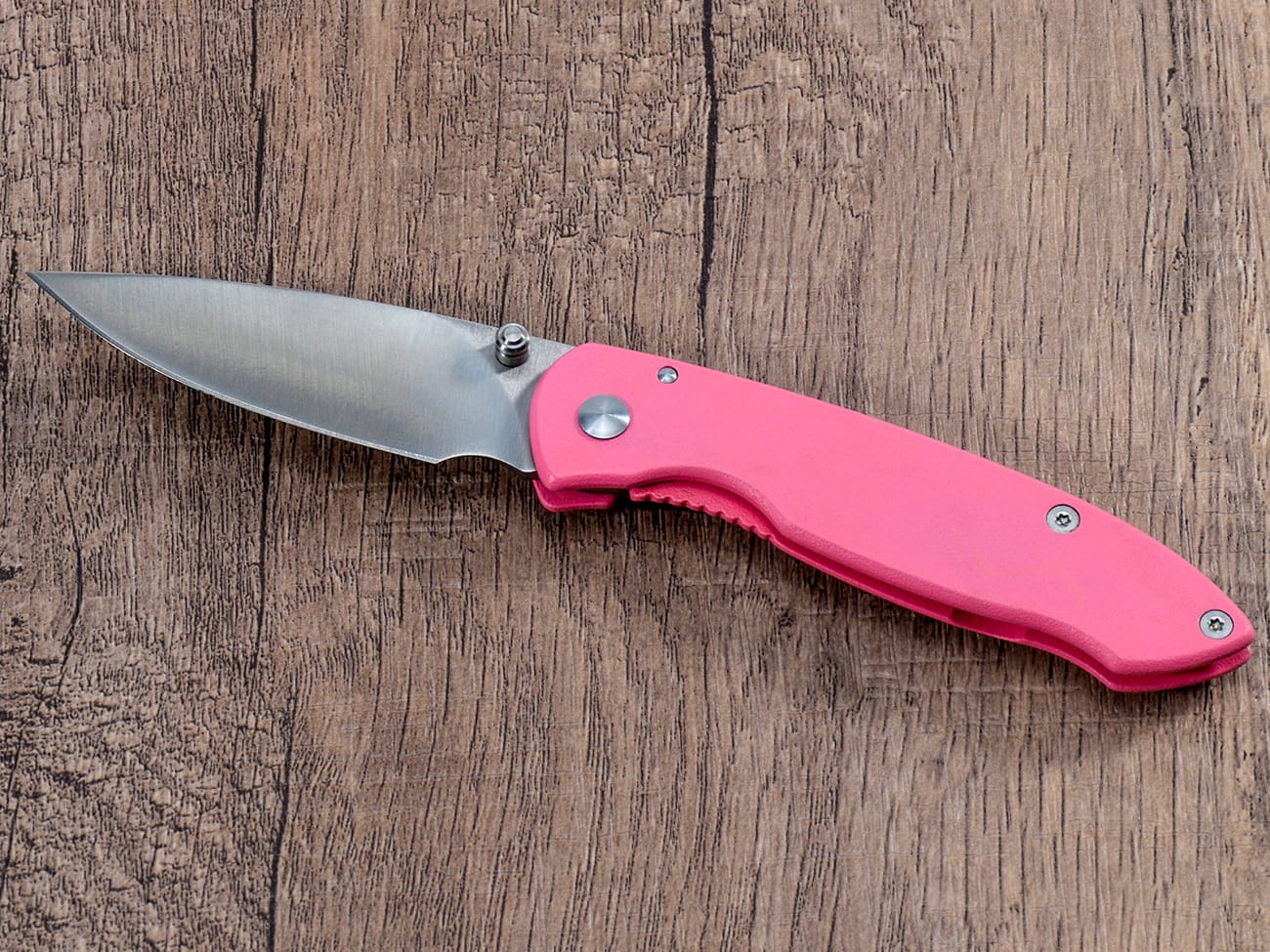Wooden knife handles have been a popular choice for centuries, prized for their natural beauty and comfortable grip. However, many knife enthusiasts and potential buyers wonder about the durability of wooden handles, especially when it comes to moisture exposure. In this comprehensive guide, we’ll explore the factors that affect wooden knife handles and their resistance to deformation, providing you with valuable insights to help you make informed decisions about your cutlery choices.
What Makes Wooden Knife Handles Susceptible to Moisture?
Wood is a natural material that can absorb moisture from its environment. This property, while beneficial in living trees, can pose challenges for wooden knife handles:
- Cellular structure: Wood is composed of cellulose fibers that can absorb and release moisture.
- Porous nature: The tiny spaces between wood fibers can hold water, leading to swelling.
- Hygroscopic properties: Wood naturally seeks equilibrium with the surrounding air’s moisture content.
Understanding these characteristics is crucial for maintaining the integrity of your wooden-handled knives.
How Does Moisture Affect Wooden Knife Handles?
Exposure to moisture can have several effects on wooden knife handles:
- Swelling: As wood absorbs water, it can expand, potentially causing the handle to swell and become misshapen.
- Warping: Uneven moisture absorption can lead to warping or twisting of the handle.
- Cracking: Rapid changes in moisture content can cause the wood to crack or split.
- Loosening: Moisture can affect the fit between the handle and the tang, potentially loosening the knife’s construction.
Are All Types of Wood Equally Susceptible to Moisture Damage?
Not all woods are created equal when it comes to moisture resistance. Some types of wood used for knife handles are more stable and less prone to deformation:
- Dense hardwoods: Woods like ebony, African blackwood, and desert ironwood are less likely to absorb moisture quickly.
- Stabilized wood: This treated wood has its pores filled with resin, significantly reducing moisture absorption.
- Oily woods: Naturally oily woods like lignum vitae have some inherent moisture resistance.
On the other hand, softer woods or those with a more open grain structure may be more susceptible to moisture-related issues.
Can Wooden Knife Handles Be Protected from Moisture?
Yes, there are several ways to protect wooden knife handles from moisture:
- Oil treatment: Regularly applying food-safe oils like mineral oil or linseed oil can help repel moisture.
- Wax coating: A layer of beeswax or paste wax can provide additional protection against water infiltration.
- Proper storage: Storing knives in a dry environment and avoiding prolonged exposure to moisture is crucial.
- Stabilization: Some manufacturers offer stabilized wood handles, which are significantly more resistant to moisture.
How Do Wooden Handles Compare to Synthetic Materials?
When comparing wooden handles to synthetic materials like G10 or Micarta, consider the following:
- Moisture resistance: Synthetic materials are generally more resistant to moisture than untreated wood.
- Maintenance: Wooden handles may require more regular maintenance to maintain their moisture resistance.
- Aesthetics: Many people prefer the natural look and feel of wood over synthetic materials.
- Durability: Well-maintained wooden handles can last for generations, while some synthetics may degrade over time.
What Are the Signs of Moisture Damage in Wooden Knife Handles?
Be on the lookout for these indicators of moisture-related issues:
- Swelling or bulging of the handle
- Visible warping or twisting
- Cracks or splits in the wood
- Loosening of the handle from the tang
- Discoloration or water stains
Early detection of these signs can help prevent further damage to your knife.
How Can You Maintain Wooden Knife Handles to Prevent Moisture Damage?
Regular maintenance is key to preserving wooden knife handles:
- Clean and dry the handle thoroughly after each use.
- Apply a thin coat of food-safe oil periodically.
- Store knives in a dry place, away from sources of moisture.
- Use a dehumidifier in humid environments to protect your knives.
- Avoid soaking wooden-handled knives or putting them in the dishwasher.
What Should You Do If Your Wooden Knife Handle Gets Wet?
If your wooden-handled knife does get wet:
- Dry it immediately with a clean cloth.
- Allow it to air dry completely in a well-ventilated area.
- Once dry, apply a light coat of oil to help restore moisture resistance.
- Inspect the handle for any signs of damage or swelling.
Are There Any Benefits to Choosing a Knife with a Wooden Handle?
Despite the potential for moisture-related issues, wooden knife handles offer several advantages:
- Aesthetic appeal: Wood provides a natural, warm look that many find attractive.
- Comfort: Wooden handles often provide a comfortable grip and can mold to the user’s hand over time.
- Customization: Wood can be easily customized or replaced for a personalized touch.
- Heritage: Many traditional and high-end knives feature wooden handles, connecting users to a rich culinary history.
Can Professional Treatments Improve a Wooden Handle’s Moisture Resistance?
Yes, professional treatments can enhance a wooden handle’s ability to withstand moisture:
- Stabilization: This process involves impregnating the wood with resin to make it more resistant to moisture and dimensional changes.
- Sealing: Professional-grade sealants can provide an additional barrier against moisture infiltration.
- Custom coatings: Some knifemakers offer specialized coatings that can improve moisture resistance while maintaining the wood’s natural appearance.

A beautifully crafted custom folding knife with a wooden handle showcasing the aesthetic appeal of wood in knife design.
Key Takeaways: Protecting Your Wooden-Handled Knives
To summarize, here are the most important points to remember about wooden knife handles and moisture:
- Wood is naturally susceptible to moisture, but proper care can mitigate risks.
- Dense hardwoods and stabilized wood are more resistant to moisture-related deformation.
- Regular maintenance, including oiling and proper storage, is crucial for longevity.
- Immediate drying and care after exposure to water can prevent damage.
- Professional treatments like stabilization can significantly improve moisture resistance.
- While synthetic materials may offer better moisture resistance, many prefer wood for its natural beauty and feel.
By understanding these factors and implementing proper care techniques, you can enjoy the beauty and functionality of wooden-handled knives without undue worry about moisture-related deformation. Whether you’re a professional chef or a home cooking enthusiast, a well-maintained wooden knife handle can provide years of reliable service and aesthetic pleasure in your culinary endeavors.




